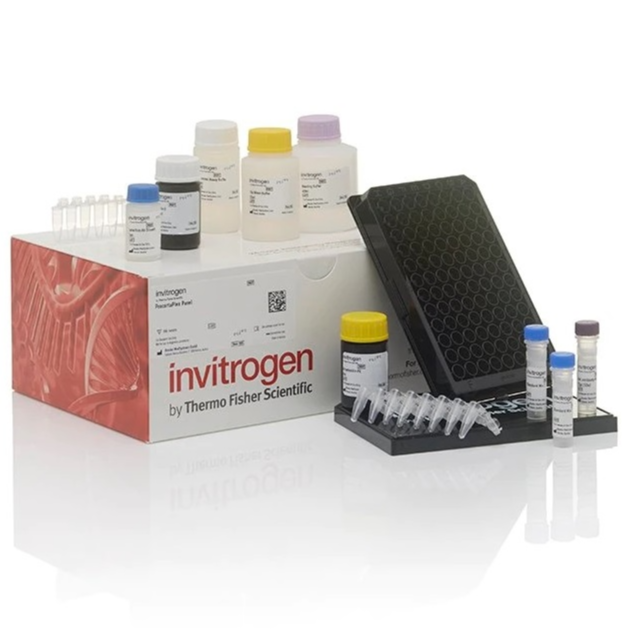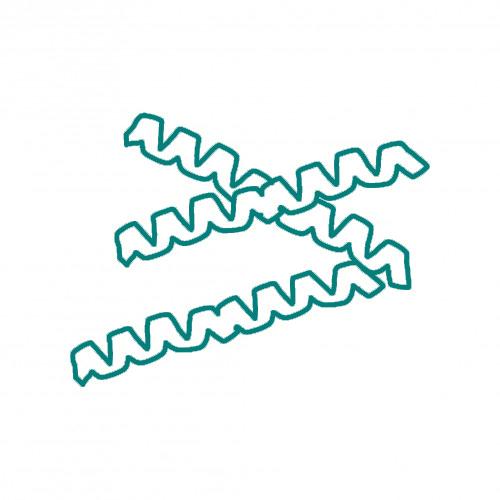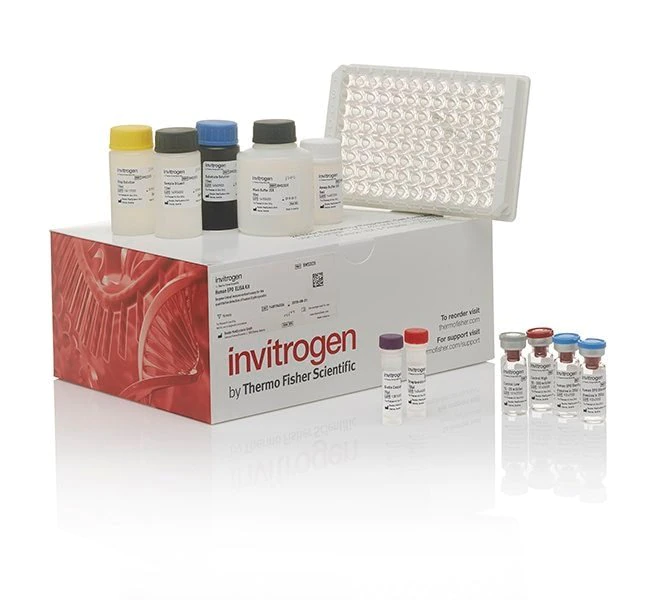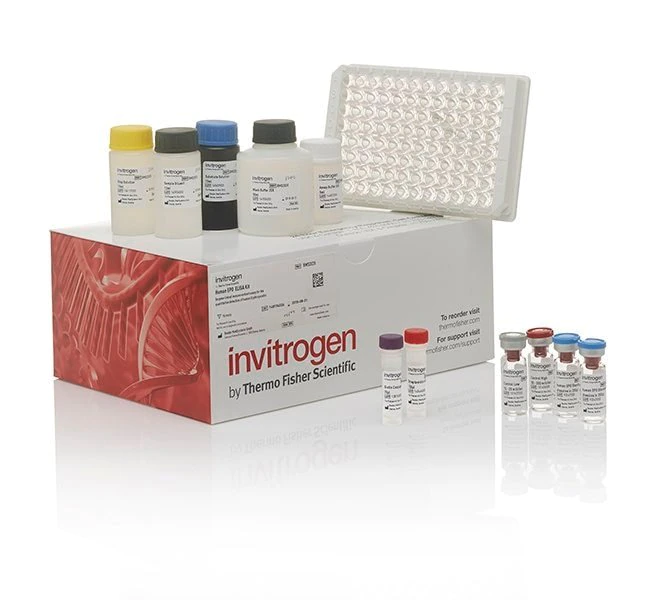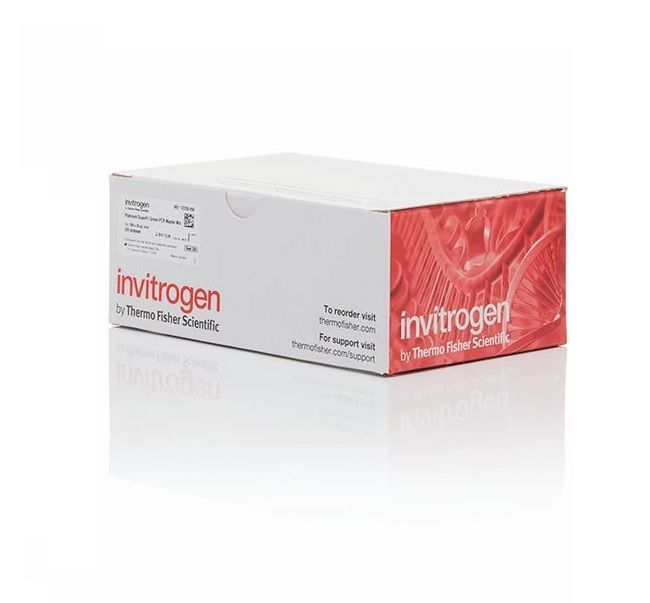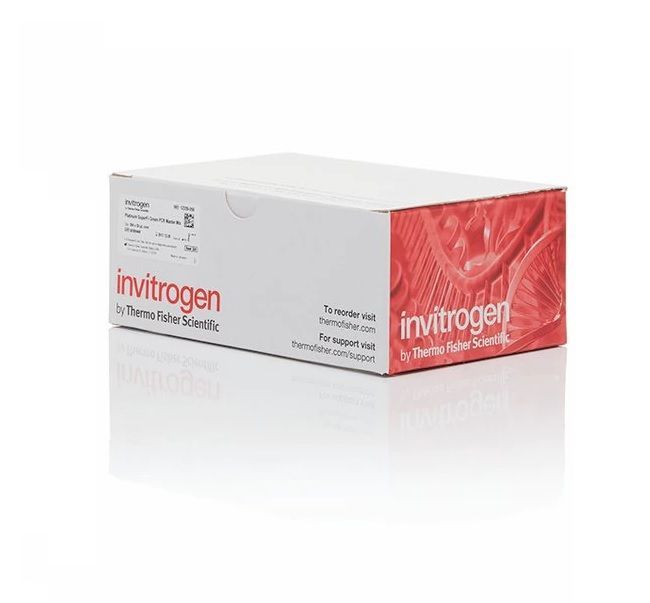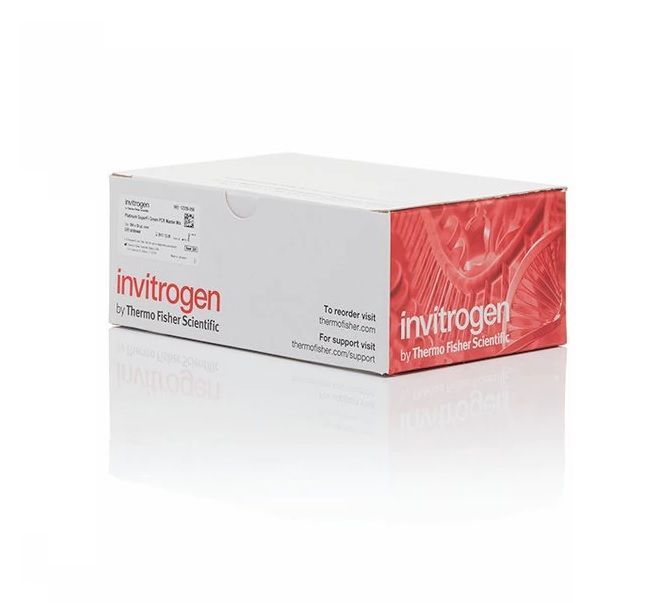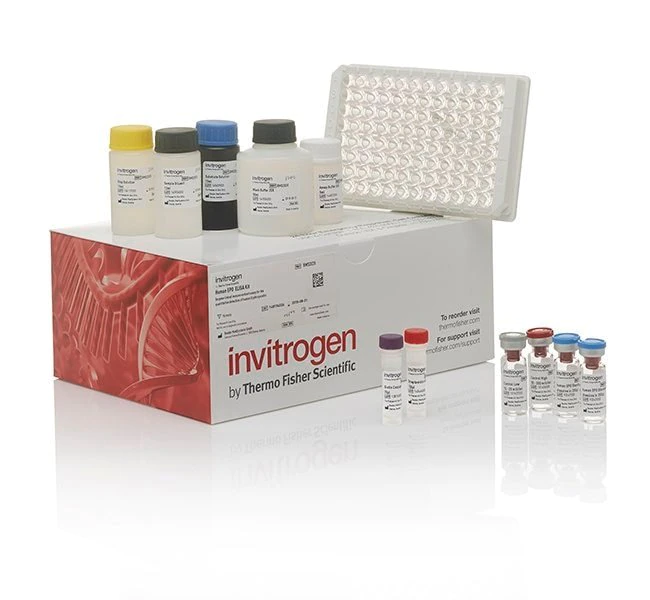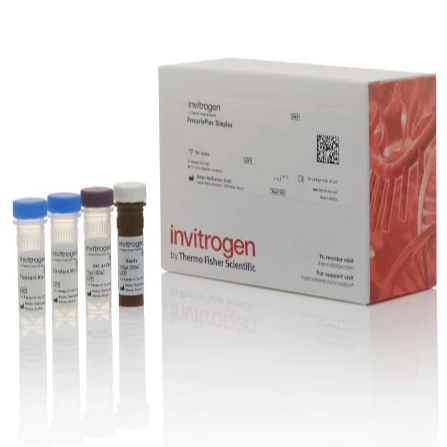Invitrogen™ Graft Versus Host Disease 8-Plex Human ProcartaPlex™ Panel
On demandInvitrogen™ Graft Versus Host Disease 8-Plex Human ProcartaPlex™ Panel
The Human Graft vs Host Disease 8-Plex ProcartaPlex Panel enables study of immune function by analyzing 8 protein targets in a single well using Luminex xMAP technology. Graft vs host disease (GVHD) can occur in stem cell transplants when immune cells from the donor (the graft) recognize the recipient (the host) as foreign and the transplanted immune cells then attack the host's body cells. GVHD can also occur after a blood transfusion if the blood products used have not been irradiated or treated with an approved pathogen reduction system. Therefore, simultaneous detection of these targets can help gather more information about these processes. The panel is provided in a ready-to-use format with individual vials of capture and detection reagents formulated at 1X concentration, requiring less pipetting and experimental setup. It is not combinable with simplexes or other panels.
ProcartaPlex preconfigured panels are extensively tested for analyte combinability, interference, and cross-reactivity to provide the highest level of validation and precision. All ProcartaPlex panels are supplied with the necessary reagents to perform the assay.
ProcartaPlex assays utilize Luminex xMAP (multianalyte profiling) technology for the simultaneous detection and quantitation of up to 65 protein targets in a single 25–50 μL sample—from plasma, serum, cell culture supernatants, and other bodily fluids.
The Luminex beads in the ProcartaPlex assay are internally dyed with precise proportions of red and infrared fluorophores to create spectrally unique signatures that can be identified by the Luminex xMAP detection systems (e.g., Luminex 200, FLEXMAP 3D, and MAGPIX). Similar to a sandwich ELISA, the ProcartaPlex assay uses matched antibody pairs to identify the protein of interest. In a multiplexed assay, each spectrally unique bead is labeled with antibodies specific for a single target protein, and bound proteins are identified with biotinylated antibodies and streptavidin–R-phycoerythrin (RPE). The conjugation of protein-specific antibodies to a distinct bead allows for analysis of multiple targets in a single well.
The most significant difference between a ProcartaPlex assay and ELISA is that the capture antibody in the ProcartaPlex assay is conjugated to a bead and not adsorbed to the microplate well, so the ProcartaPlex assay reagents are free-floating in the solution. For detection, the Luminex 200 instrument, for example, contains two lasers, one to distinguish the spectral signature of each bead and the second to quantify the amount of RPE fluorescence, which is proportional to the amount of protein present in the sample. ProcartaPlex multiplex assays can profile more target proteins using significantly less sample in the same time that it takes to perform a traditional sandwich ELISA.
Target list [bead region]:
- CD30 [34], Granzyme A [74], HGF [46], IL-2R [22], IL-33R (ST2) [35], KRT18 [67], Syndecan [14], TNF-RI [39].
Features
- Reproducible, reliable results—validated as a panel to the highest industry standard, including protein target combinability and cross-reactivity testing.
- More results per sample—measure multiple protein targets simultaneously in a single 25–50 µL sample.
- Well-established Luminex technology highly referenced multiplexing platform for protein detection and quantitation.
Contents
- 2 vials Human GvDH Standard Mix 1 (lyophilized).
- 2 vials Human GvDH Standard Mix 2 (lyophilized).
- 1 vial Capture Bead Mix (1X).
- 1 vial Biotinylated Detection Antibody Mix (1X).
- 1 bottle Reading Buffer (1X).
- 1 bottle Wash Buffer (10x).
- 1 bottle Streptavidin-PE (1X).
- 1 bottle Universal Assay Buffer (1X).
- 8-tube strip.
- Adhesive film.
- Flat-bottom 96-well plate, black.
There are no specifications
There are no report
You May Also Like
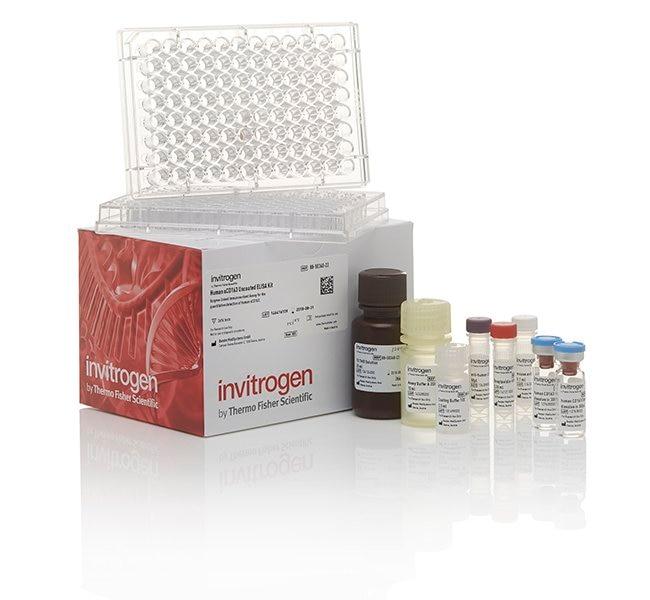
Invitrogen IL-10 Mouse Uncoated ELISA Kit with Plates, 10 x 96 Tests
$ On demand


